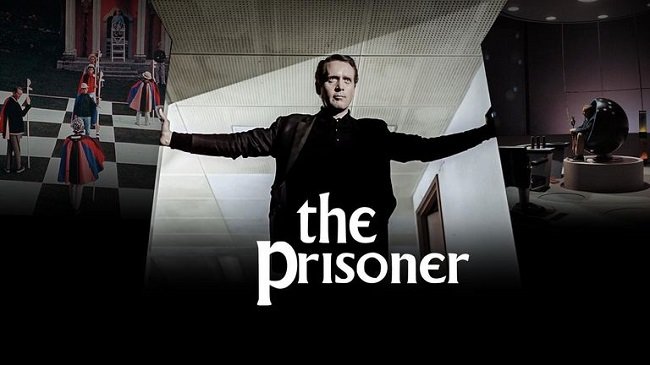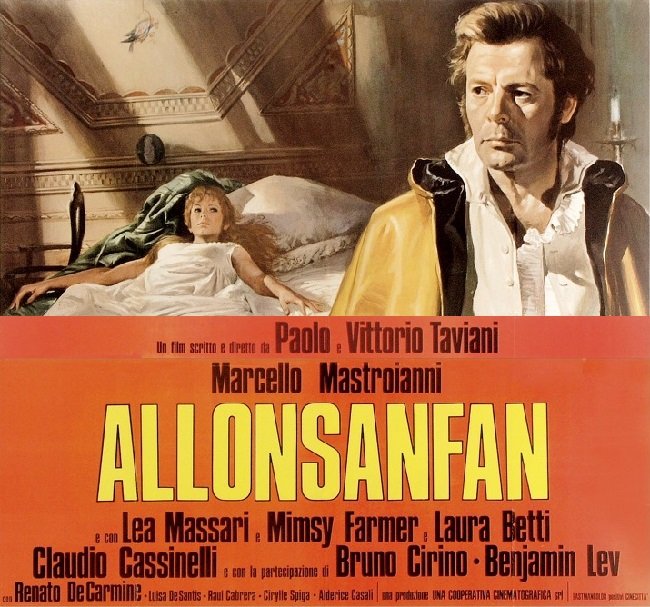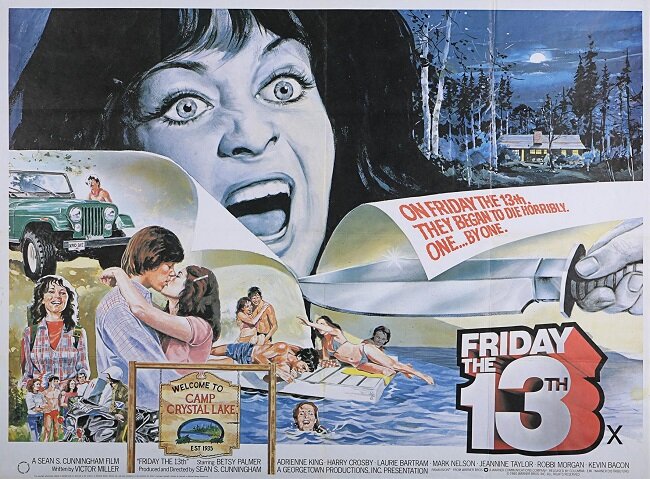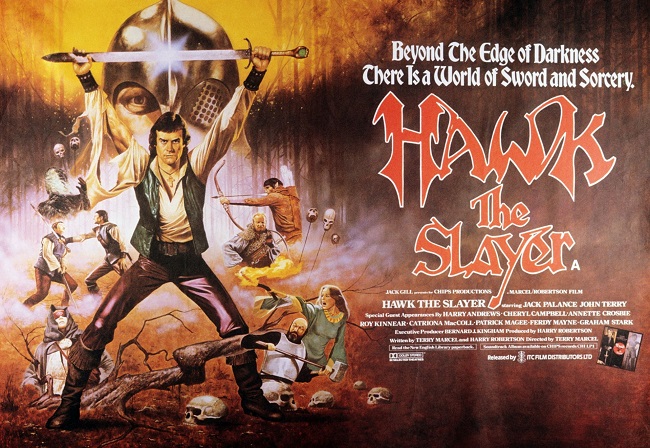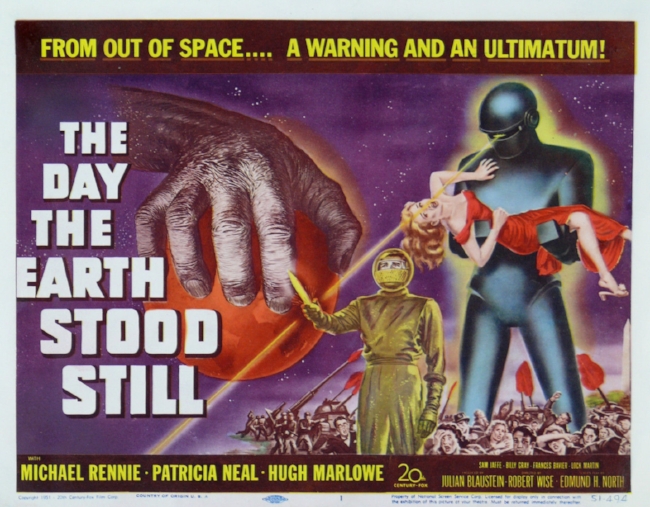Classical Music in Movies
Classical music has often been used to great effect in cinema since the advent of sound. It has certain advantages over bespoke compositions, in that it can imbue a scene with a sense of gravitas and emotionally connect with viewers who may already be familiar with the piece being played. Legendary director Stanley Kubrick famously rejected Alex North’s score for 2001: A space Odyssey after finding the classical tracks he used for the temporary soundtrack complement the visuals perfectly. Over the years, some particular pieces of classical music have proven to be very popular and flexible, thus appearing in a wide variety of films across multiple genres. Hence, I have chosen two well known tracks that demonstrate this. I would also like to highlight contemporary classical music and have also selected one example that I feel demonstrates how the genre sublimely compliments cinema.
Symphony No7. II. Allegreto (A Minor) by Beethoven.
This rather portentous piece builds over its 9 minute duration. The movement is structured in a double variation form. It starts with the main melody played by the violas and cellos, an ostinato. This melody is then played by the second violins while the violas and cellos play a second melody. Because of the music’s ominous quality it has featured in numerous films. It plays over the montage showing Charlotte Rampling’s and Sean Connery’s ageing and death at the end of John Boorman’s Zardoz (1974). It is also used in Alex Proyas’ science fiction thriller Knowing (2009) when Nicholas Cage returns home to his estranged Father as the world is consumed by solar flares.
Adagio in G minor ("Albinoni's Adagio").
This sombre track is commonly attributed to the 18th-century Venetian master Tomaso Albinoni but was actually composed by 20th-century musicologist and Albinoni biographer Remo Giazotto, purportedly based on the discovery of a manuscript fragment by Albinoni. The piece evokes a sense of loss and melancholia. Hence it was used to great effect in Peter Weir’s influential World War I movie Gallipoli (1981). It features in Kenneth Lonergans’ human drama Manchester by the Sea (2016), although some critics felt that the piece’s ubiquity was actually distracting. Irrespective of this criticism it remains a very moving piece of music.
Lacrimosa by Zbigniew Preisner.
Taken from Polish composer Zbigniew Preisner Requiem for a Friend, this track appears in Terrence Malick’s experimental philosophical drama The Tree of Life (2011). It features during the “creation of the universe” sequence, which is itself a fascinating work of art. This scene, which features practical visual effects by famed special effects supervisor Douglas Trumbull, is further imbued with religious ambience and a sense of the divine by the power of this piece and the beauty of the soprano vocals by Sumi Jo. As the cosmos coalesces, there is a profound sense of both human insignificance and wonder.
